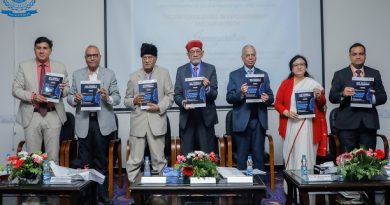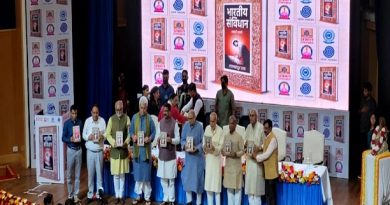Gastric lactobezoars in kids are combination of undigested milk with mucous
Dr. Shashi Sharma
A bezoar is a Persian word that means antidote. These were earlier considered as antidotes to the poison which had some magical properties. Gastric lactobezoars (GLBs) are the result of a combination of undigested milk with mucous in the stomach. There is no genetic association with the entity. This can complicate the process of digestion and can lead to obstruction or perforation. The management depends upon the underlying situation. This can either be conservative or in rare cases gastrotomy. Three types of bezoars have been defined viz., phytobezoar, trichobezoar and lactobezoars. Although the first two are more common but gastric lactobezoar (GLB) is slightly rare in occurrence. It has been found in neonates and is slightly rare in toddlers.Wolfet al. reported lactobezoar first in 1959. GLBs are common in neonates but are uncommon in slightly elderly kids as we encountered one case in our department. The oldest child reported with this entity was an 8-year-old with cerebral palsy. The factors responsible may be exogenous or endogenous. The exogenous factors in the formation of GLB are formulas high in casein, triglycerides, and caloric density. The endogenous factors are immature gut with dehydration. The majority of GLBs are symptomatic and present with palpable abdominal mass along with distension, vomiting, and poor weight gain. Ultrasound examination is the gold standard modality for the diagnosis. This shows an echogenic free-floating ball in the stomach with air trapping within it (Figure).
Figure: Ultrasound abdomen of the patient. (a) The axial section of the stomach region shows an echogenic mass ball with well-defined margins with foci of air trapping (white star). (b) The sagittal section shows the same mass (white arrow) without an extension from any of the surrounding structures, (c) mobile echogenic ball abutting against the pylorus junction (white star)
Barium studies and in very rare cases CT can further confirm the underlying pathology. The mainstay of the management stays with endoscopic disintegration by injecting 20 cc of N-acetylcysteine (NAC) (10%), a mucolytic
agent mixed with 100 cc of N-saline. We treated our case with this management. There is no fear of reformation as dietary advice is always given to the parents of the child.
(The author is a professor in the Department of Pediatrics, Faculty of Medicines and Health Sciences, SGT University, Gurugram)




